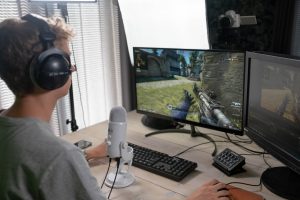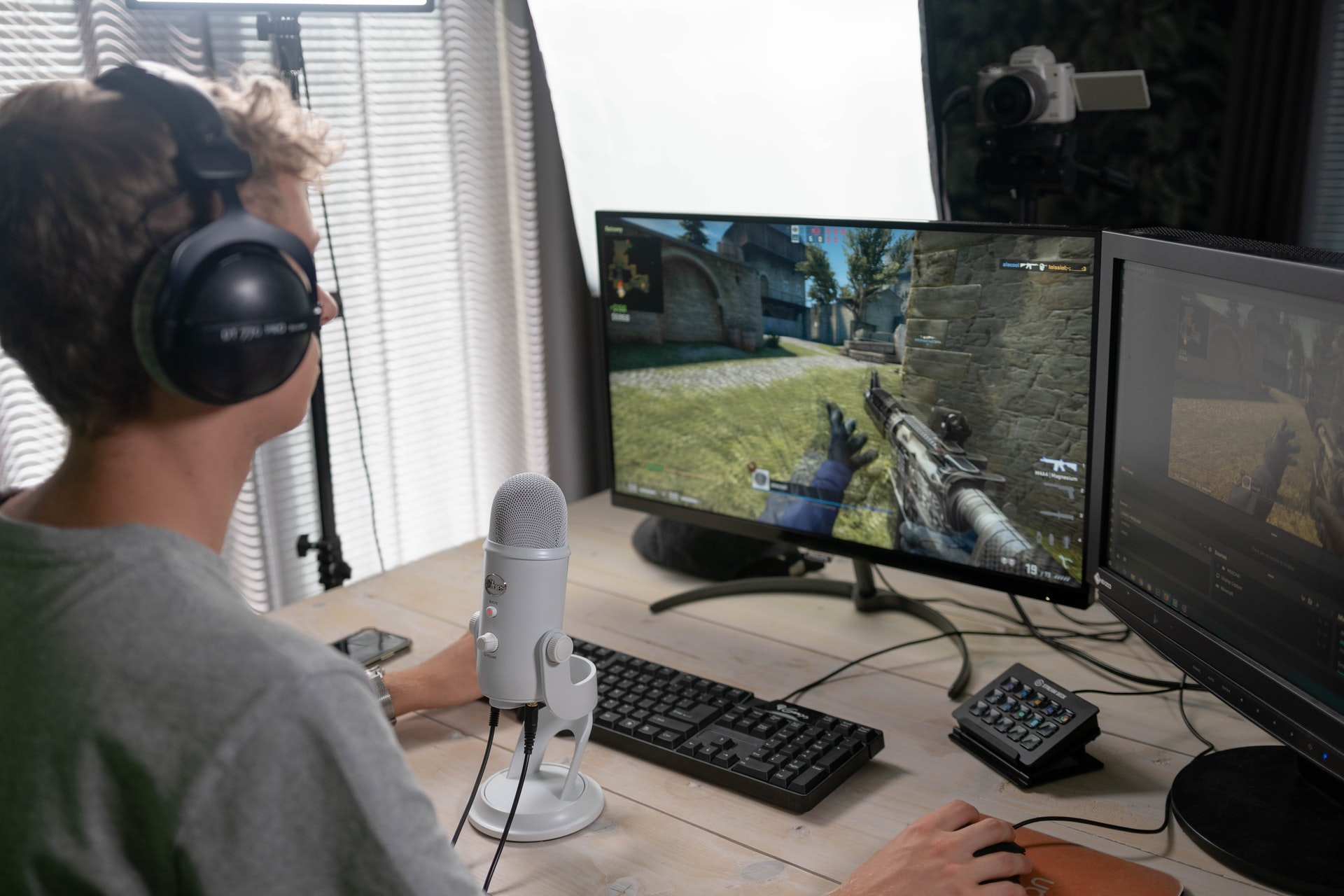
Pokémon GO is such a straightforward but amazing concept that it has gained worldwide interest. Expect it to be among the first of many augmented reality apps that are coming your way. The hype won’t last forever, and one day soon, only the most devoted PokéHunters will continue to play. Pokémon GO deserves real respect for bringing a nation off the couch and into the great outdoors, despite the safety concerns and the significant amount of criticism it has received as Niantic works to keep up with the enormous demand. Don’t download Pokémon GO unless you’re ready to lose a significant portion of your life to it. It’s a repetitious, buggy, power-sucking, yet oh-so-addictive software.
Pokémon GO’s concept is straightforward, but in just one month, The Pokémon Company and Niantic’s augmented reality smartphone game has become the highest-grossing app ever. How come? Learn more in our review of Pokémon GO. Next, read: Review of Pokemon Sun and Moon; how to capture Ditto in Pokemon GO; and troubleshooting
Review of Pokémon GO: Introduction
Let me start by being honest with you: I didn’t grow up being a fan of Pokémon, and I never got the excitement that the younger kids did. I guess I just found it all a little “sad,” but now I find myself oddly defending the game. I recently had to restrain myself after a stranger in a bar informed me that I was too old to be playing Pokémon GO. Outrageous.
When I published an essay about the then-upcoming Pokémon GO game in September of last year, things took a different turn. I won’t pretend that the possibility of playing peekaboo with Pikachu was more intriguing to me than the 4.5 million page views the story has received because site traffic is essential to my position at IDG.
Even after ten months of consistent updates to that article, ten irksome months of having to locate and then copy and paste that dreaded é from another website because I’m the moron who didn’t know you just long-pressed the e key on a Mac keyboard, and ten arduous months of picking my younger coworkers’ younger colleagues’ brains for their Pokémon knowledge, I still didn’t get it.
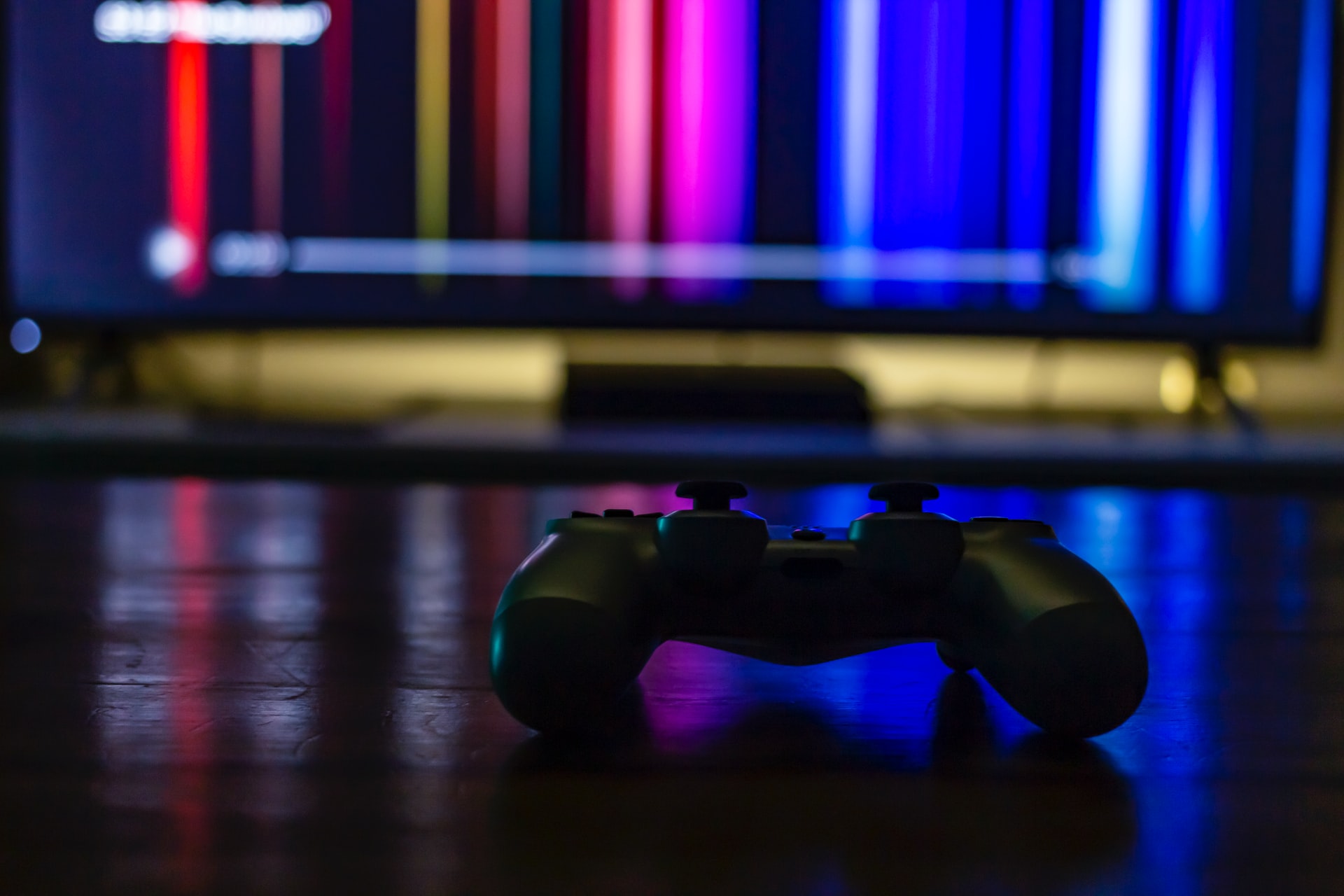 I had to give Pokémon GO a try when it was finally released in July. I used the APK file to install it because I couldn’t wait for it to become officially accessible in the UK. The Complete Guide to Pokémon GO almost instantly became our best-selling digital magazine ever. I’m not going to pretend that I suddenly understand why a “screenshot” of Articuno in a gym could send fans into meltdown, who is this Mew guy, or even why, but I couldn’t be more addicted. I’m only a few thousand XP away from level 23, and I can’t stop playing.
I had to give Pokémon GO a try when it was finally released in July. I used the APK file to install it because I couldn’t wait for it to become officially accessible in the UK. The Complete Guide to Pokémon GO almost instantly became our best-selling digital magazine ever. I’m not going to pretend that I suddenly understand why a “screenshot” of Articuno in a gym could send fans into meltdown, who is this Mew guy, or even why, but I couldn’t be more addicted. I’m only a few thousand XP away from level 23, and I can’t stop playing.
The first red flag should have been the fact that I’m more concerned with finding EeVees than a dress for my wedding next year (since I *still* don’t have a Flareon).
My life’s work is now defending the gym at my neighborhood bar. Every automobile trip entails a detour through a PokéStop (or three). I’ve transitioned from possibly driving a little bit too fast to driving so slowly that I irritate people behind me. My battery bank has evolved from an emergency device to a daily requirement since my phone has become like a furnace with its screen continually on.
What the hell am I doing wrong? Even though I dislike Pokémon. But now that something within of me has awakened, I’m forced to catch them all.
And it is for this reason alone that Pokémon GO is such a wonderful concept. This might be the beginning of something much greater in augmented reality, and it’s the first time that users have actually embraced the technology in a significant way.
Pokémon GO accomplished what activity trackers have been attempting to do for years just a few days after its launch. It has motivated children—as well as adults—to get off their asses and engage in physical activity and fresh air. We’ve all heard the touching stories of those who, in their pursuit of Pokémon, lost stones and gained friends (or lost jobs and found lovers). That’s nice.
Pokémon GO is a type of game that cannot be played from home (inconvenient), and unless you happen to reside in a town or city center, you must go find PokéStops, gyms, and, most importantly, Pokémon. If you want to advance in the game and still have money in your pocket, caving using an incense on the couch simply won’t cut it.
Although I would hope that every one of these kids has a vigilant parent by their side, I’m still uncomfortable with the idea of young children wandering around public spaces with their attention more on their phone or tablet screens than the car that is about to run them over or the jerk who is about to steal their device.
One aspect of Pokémon GO that I like is that you may play it without spending any money at all. Since you only get one unlimited-use incubator, if you’re going to spend money on anything, it will probably be on egg incubators. PokéBalls can be purchased, but PokéStops also sell lures, lucky eggs, and incense. Leveling up also makes PokéBalls and lures available. It seems strange that you can’t purchase potions and revives, but that would probably make gym fights too simple. You can level up more quickly in Pokémon GO by spending real money, but it’s not required.
I’ll explain Pokémon GO to those who are unfamiliar with it from the perspective of a Pokémon beginner. In total, there are more than 700 Pokémon, but Pokémon GO only has about 150 of them (for now at least). Some of them, including birds, fish, and reptiles, are exact replicas of actual animals; for instance, a Pidgey is a pidgeon, a Rattata is a rat, and a Krabby is a crab. Others, especially in their more advanced states, have less obvious parallels to the actual world, and I sincerely hope I never run into a Raticate in the street. (The rest, even those who can compete with you in the gym, are generally extremely cute.)
Getting every Pokémon in the game is the ultimate objective. You can do this by physically looking for them outside of your home, by evolving other Pokémon, by hatching eggs—which again requires leaving your home and walking a certain distance—or, if you’re lucky, by having a GPS signal that is so weak that your avatar will frantically try to figure out where you are. Although it’s not currently possible, it’s rumored that a future update to Pokémon GO will let you exchange Pokémon at PokéStops as well.
The Pokémon GO interface is just a map of your immediate vicinity, and if you’re fortunate enough to locate a Pokémon while exploring, it will show up on the map. By launching PokéBalls in its general vicinity, you can attempt to catch the Pokémon by tapping it to start the process. (You receive bigger PokéBalls and Razz Berries later in the game to make this process easier.) When attempting to catch a Pokémon, you have the option of doing so from an augmented-reality viewpoint, which displays the view from your camera with the Pokémon overlaid and gives the impression that it is physically in front of you, or by disabling AR, which is less entertaining but makes it simpler to catch the Pokémon.
Every successful catch rewards you with three of that Pokémon type’s sweets, 100 stardust (also needed for powering up Pokémon), and at least 100 experience points (required for levelling up).
PokéStops and gyms are also on the map, and they are typically located at landmarks like pubs and churches (thankfully not, in our experience, at schools). A gym is where you train and battle with your Pokémon and is where those revives and potions come into play to heal hurt Pokémon. A PokéStop is a location where you can randomly gather PokéBalls, eggs, revives, and potions.
You can join a team once you reach level 5. Although they go by proper titles like Instinct and Valour, it’s simpler to refer to them as team red, blue, or yellow (choose yellow). You can bring a Pokémon to assist protect a gym if you get there and it is the color of your squad. Depending on the gym’s level, you might need to first train it by engaging in combat with your own Pokémon. The prestige of the gym is increased by this friendly competition, but the damage to your Pokémon is real, so stock up on revives and potions first.
If a gym belongs to a different team, you can fight it and lower its reputation, ultimately forcing that team out of the gym. You can now take it for your team, assuming that your opponent isn’t waiting in the wings to fill the spot with new Pokémon the moment it becomes available. (Which is extremely sinister but also hilarious; I’ve never done that.) Likewise, go with team yellow.
Albeit you’ve chosen team yellow and are willing to venture outside occasionally, Pokémon GO may be a highly addictive, if monotonous, game. However, Pokémon GO’s ability to be addicted can also be a drawback and isn’t a guarantee of a fantastic game. Although I adore Pokémon GO, there are a number of issues with it.
I need to mention how much of a battery drain the game is before I even get into how it plays and functions. When I claim that you can see the percentage decrease, I’m not kidding. A power bank is required if you want to play Pokémon GO.
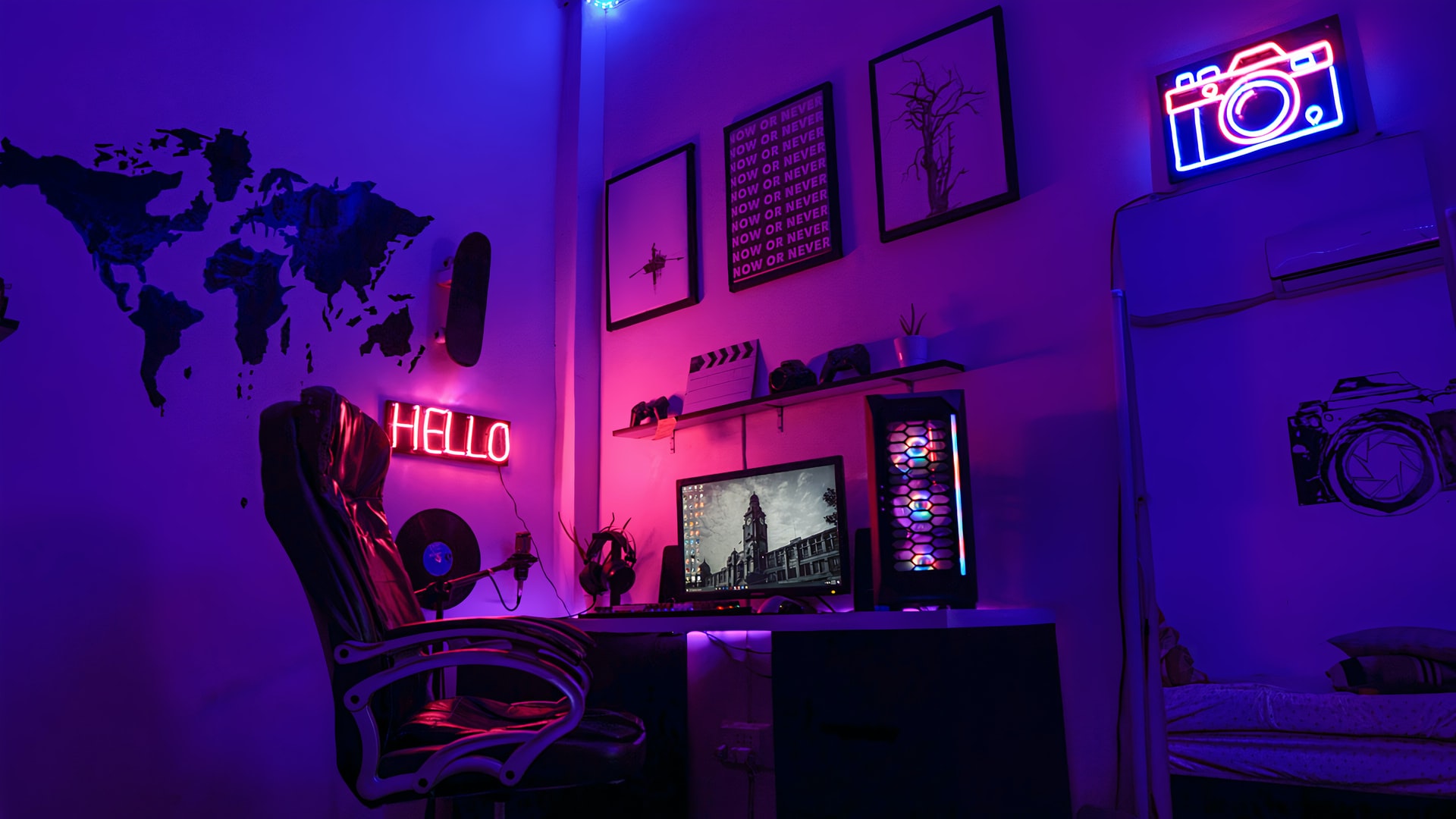 Along with battery life, other considerations include mobile coverage, GPS, and data consumption. Some kids have expressed frustration over the fact that Pokémon GO requires GPS, which eliminates many devices like the wildly popular £49 Amazon Fire from last Christmas. Another problem is mobile reception, and if you’re in the middle of a catch, switching from a strong signal to a weak signal can be enough to cause the app to crash.
Along with battery life, other considerations include mobile coverage, GPS, and data consumption. Some kids have expressed frustration over the fact that Pokémon GO requires GPS, which eliminates many devices like the wildly popular £49 Amazon Fire from last Christmas. Another problem is mobile reception, and if you’re in the middle of a catch, switching from a strong signal to a weak signal can be enough to cause the app to crash.
One neighborhood gym I’ve had trouble with requires you to stand in a very specific spot behind a tree in order to be in range of both the gym and mobile reception. You still need to heal your Pokémon and receive nothing in exchange if reception drops marginally or you walk even a small distance, as doing so ends the combat you’re engaged and treats it as though you gave up.
Although I have to admit I’m pleased by how little data Pokémon GO uses – relatively speaking, that is, when you take into account how frequently I play it. If you’re on a limited plan, data usage will be an issue.
When you are really into a game, you often find yourself playing it in your spare time. You can’t just stroll the streets at all hours, and there isn’t much you can do while you’re not capturing Pokémon besides evolve and heal your Pokémon, which doesn’t take long.
While first entertaining, gym battles aren’t precisely what many fans might have anticipated. Only if they are on a different team and you have discovered a gym that houses one of their Pokémon can you engage in fight with your friends. Even then, however, they won’t know you fought them or that you kicked them out because you’re actually fighting a Pokémon they left behind in a gym. Actually, it will work better if your friends are on your team because it will be simpler to defend a gym with a few powerful Pokémon inside than it will be to do it all alone.
You can only play so many gym battles since you’ll shortly run out of potions, and the few potions you might acquire from a PokéStop won’t be enough to counteract the increasing climb in XP between each level jump (following which you are rewarded with extra PokéBalls, potions, and other goodies). The game appears to be pleased to grant revives through PokéStops, however they only restore fainted Pokémon to half their HP and are useless for fully healing the health of these Pokémon or of other Pokémon hurt while practicing.
With six Pokémon available to take out a gym and only one to train it, gyms are another issue because they are both too simple to win and lose. There is a vast difference between the prestige points that can be gained in training and those that can be lost in a single battle. It’s crucial to prevent one team from dominating for an extended period of time so that other teams may compete, but it serves no purpose to award a 21-hour ownership reward that is practically impossible to obtain. You’re lucky if you can find a remote gym, but the ones in my town center change hands frequently, and I don’t have all day to defend them or stand outside PokéStops collecting potions.
These complaints affect level 5 and higher players, but for new players, the utter lack of an in-game help- or instructional system is a considerably bigger worry. You find yourself in later levels wishing you hadn’t squandered valuable stardust and candy powering up CP10 Pidgeys when you should have held out for CP400 Pidgeys since it never explicitly explains how to play or what the goal of the game is. It’s not immediately obvious at what CP a Pokémon is worth evolving, but each one has a dial that indicates how far you can power it up. What is the maximum CP for a Ponyta, for instance, if at level 22 I have a CP979 Ponyta that I am unable to power up higher since my trainer level isn’t high enough? Should I keep going as it seems like Ponyta candy is hard to find? The truth is that I am unsure.
The fact that some Pokémon can be more potent than Pokémon with higher CPs of the same type is even more perplexing. In a gym battle, for instance, a CP750 Raticate with Hyper Beam would be more potent than a CP740 Raticate with Hyper Fang. You don’t figure any of this out until it’s already too late, you’ve run out of stardust and candy, and you’ve deleted Pokémon that could have been very strong.
Pokémon are also divided into categories; some are water types, others are normal types, others are psychic, and still others are poisonous. This is significant because, while I can’t tell you which because I’m new to Pokémon and the game doesn’t explain it, some types are better than others at battling particular types.
You’ll see that I made reference to Pidgeys and Rattatas quite a bit in this review. And the reason for that is that, along with Weedles, Caterpies, and, if I ever see another Drowzee, these are some of the most prevalent Pokémon you’ll see when playing Pokémon GO. The issue is that since you always seem to be able to catch the same five, it is quite challenging to capture them all. Even if you are fortunate enough to obtain a potent Vaporeon fairly early on, it can be difficult to believe you’ll ever stand a chance against other players when presented with CP2000 Snorlax, Gyarados, and SloBros in the early stages of the game — and especially now, just over a month after its release. It is true that as your Trainer level increases you are presented with a greater variety of Pokémon.
The nearby feature that lets you know which Pokémon are nearby was so harshly criticized that it was changed, then removed, and has since been replaced with Sightings, the meaning of which is unclear in terms of how close those Pokémon are. Previously, the number of footsteps beneath a Pokémon suggested how far away it was from you. All are now on display in the rustling grass.
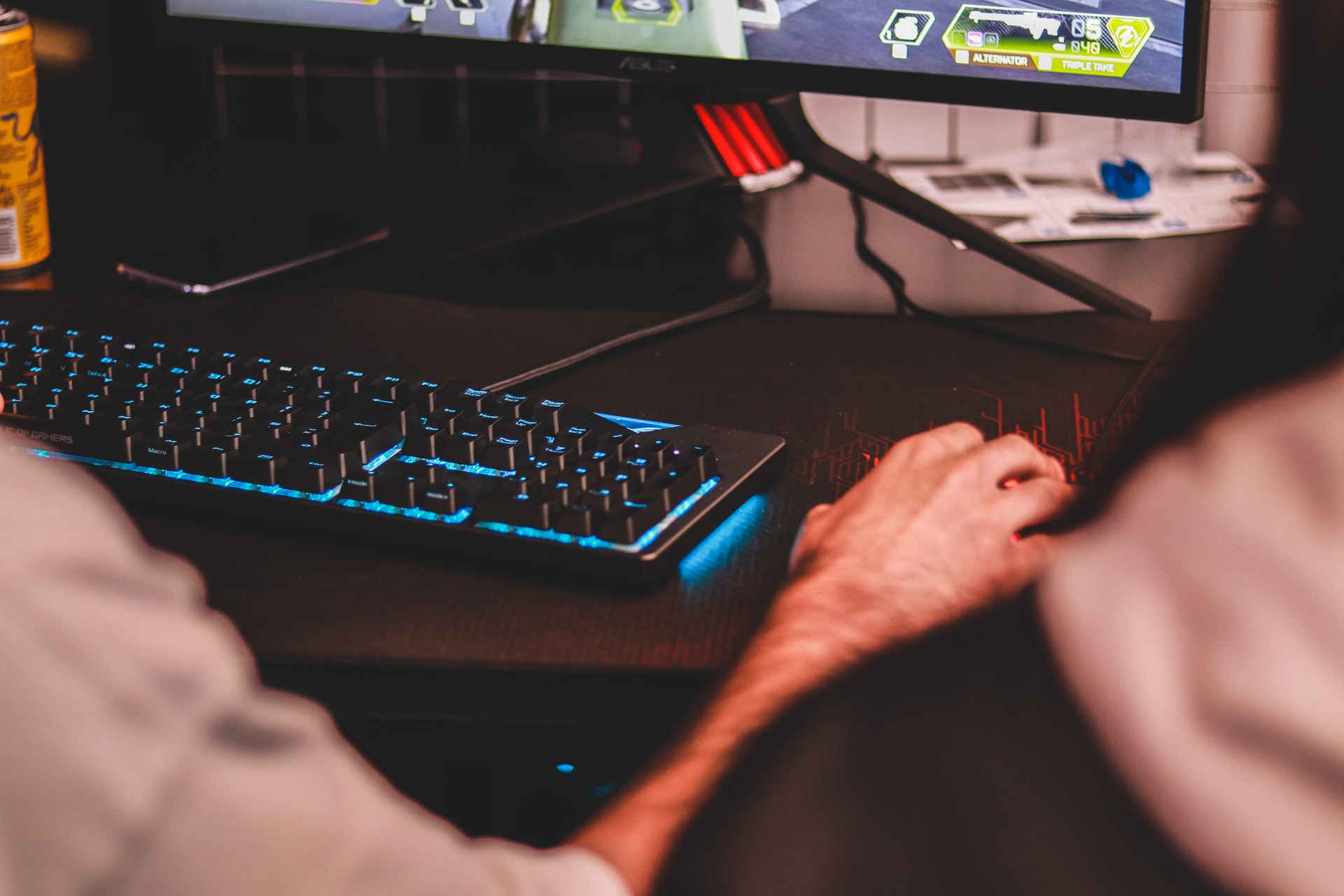 The most well-known helper app at the time was PokeVision, which had 50 million users when it was taken offline. It’s claimed that users of it and similar substances now risk a lifetime ban. However, PokeVision was great for indicating where and how long you could find specific Pokémon, even though it made the game unjustly simple for some players and eliminated the need to go Pokémon hunting. According to Niantic, the additional load these aid apps put on its servers was so enormous that it was delaying Pokémon GO’s global deployment and making it difficult for it to find the time to provide bug solutions.
The most well-known helper app at the time was PokeVision, which had 50 million users when it was taken offline. It’s claimed that users of it and similar substances now risk a lifetime ban. However, PokeVision was great for indicating where and how long you could find specific Pokémon, even though it made the game unjustly simple for some players and eliminated the need to go Pokémon hunting. According to Niantic, the additional load these aid apps put on its servers was so enormous that it was delaying Pokémon GO’s global deployment and making it difficult for it to find the time to provide bug solutions.
To be honest, the game was practically unusable during the first few weeks due to severe server issues. The moment you triggered a lucky egg, incense, or lure module—which each have 30-minute time limits—Pokémon GO would almost certainly crash and refuse to let you back in. Although it still crashes more frequently than it should, Pokémon GO is now very stable, and restarting the game is never a hassle. (See a few popular Pokémon GO issue solutions here.)
Despite all the criticism I’ve leveled at Mod menuz Pokémon GO in this review, I can’t stop playing it. How come? Although it is far from ideal, it continues to improve with each new release. Once I catch them all, it’s hard to believe my enthusiasm for Pokémon GO will still be there.



